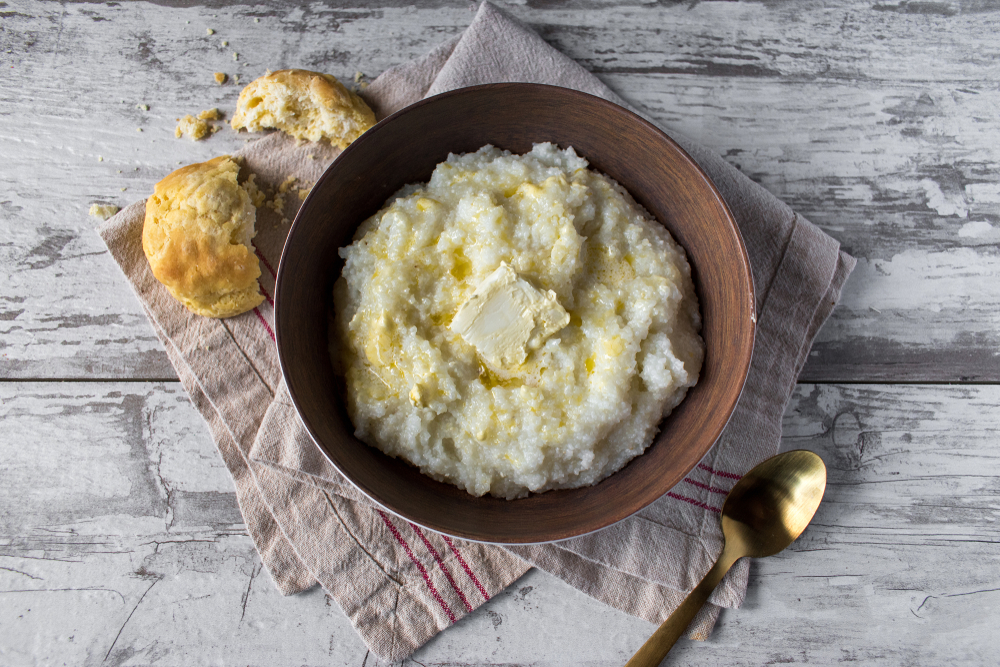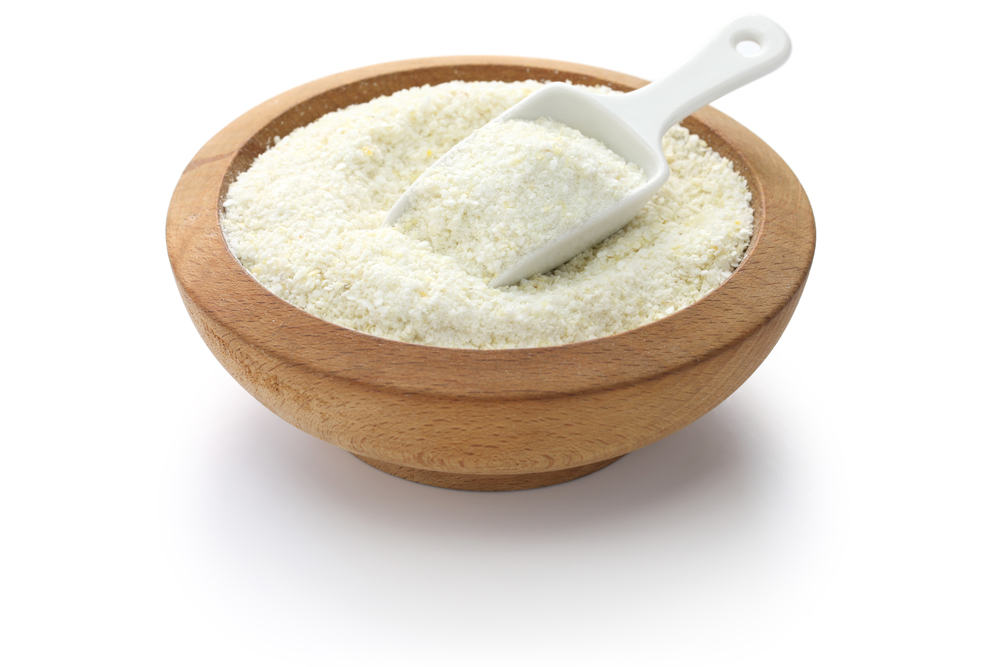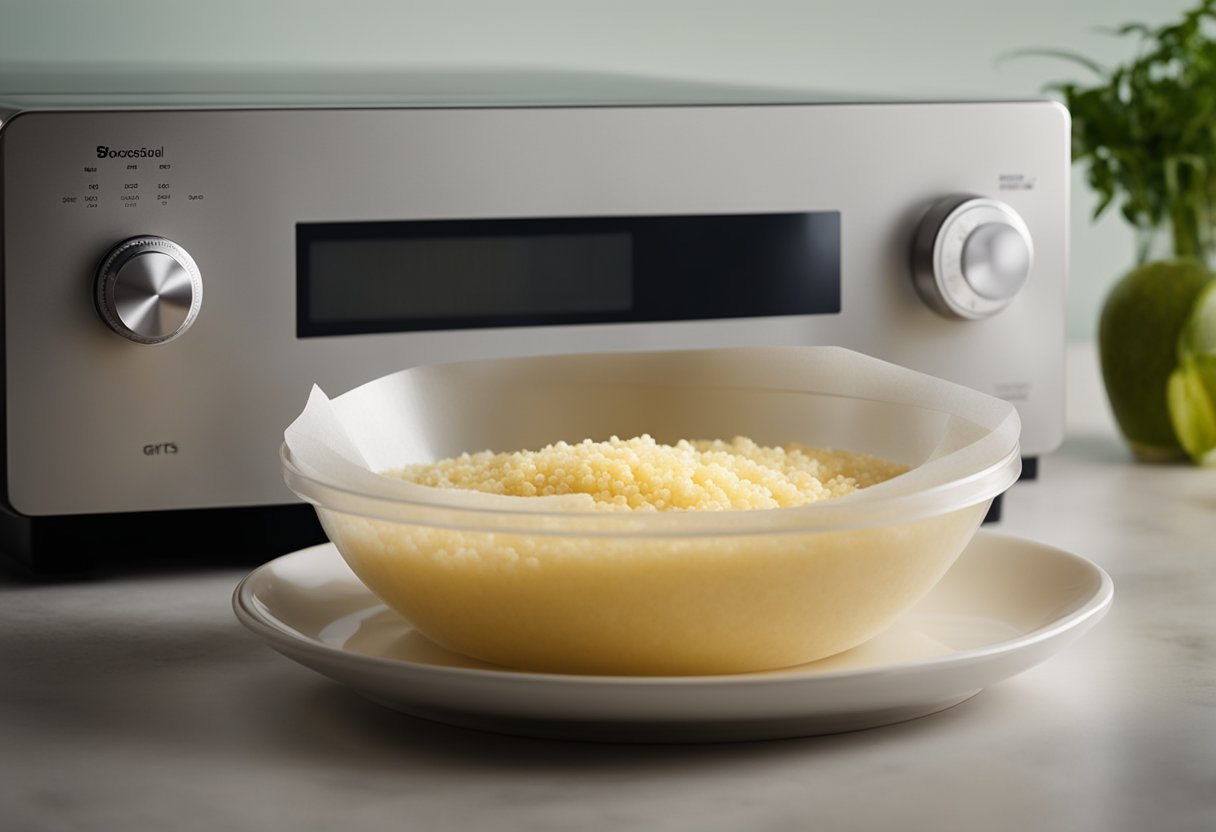Essentially the Italian version of grits, Polenta is a lovely creamy dish, one that you could easily turn into crunchy polenta chips if you so choose! But it’s easy to cook too much of it, since it expands during the cooking process. You can be left with so much leftover that you’ll likely want to store it for a good while… and so it begs the question, can you freeze polenta?
Yes, you can absolutely freeze polenta and in fact it’s the most recommended way to store it. It’s known to freeze well when in small pieces, and can keep for a few months.
After defrosting, polenta can be fried, grilled or baked for a variety of breakfast, lunch and dinner options alike.
How Does Freezing Affect Polenta?
Polenta freezes quite nicely, speaking broadly about it. But if polenta is made with milk or with a heavy cream, freezing it can alter the texture in a noticeable way. See, milk and cream have a habit of separating and becoming grainier after being frozen and then defrosted.
That’s why it is recommended that if your polenta is made with heavy cream or milk, it’s best to use smaller portions when freezing it. Dairy products can make things a bit tricky. Otherwise though, polenta is very safe to freeze.
Step-By-Step Instructions:
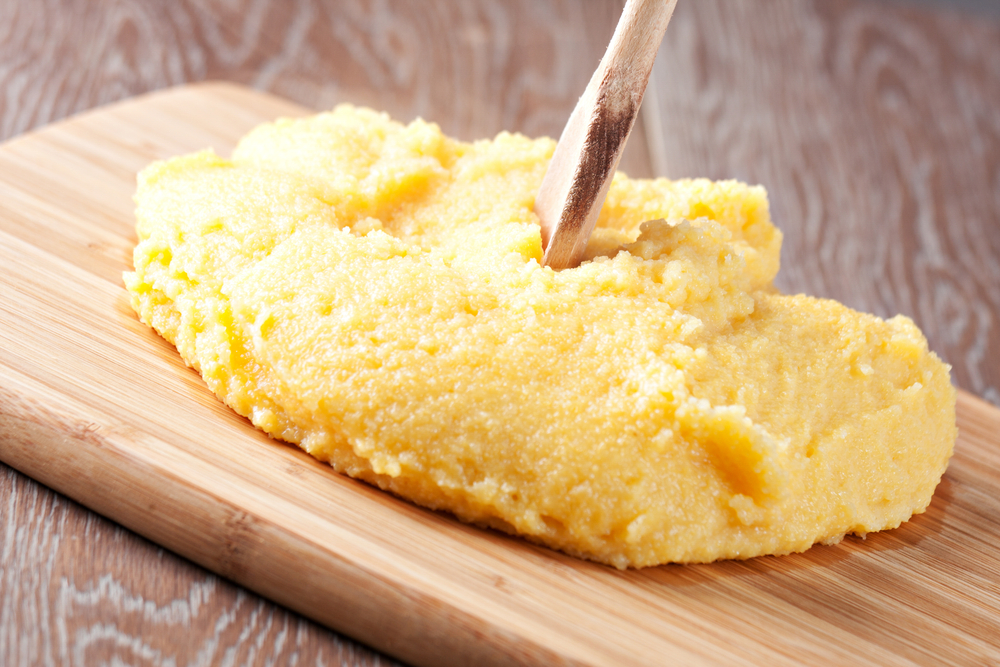
- First prepare a shallow baking sheet, lined with parchment paper or a layer of food wrap.
- While it’s still warm, go ahead and pour the polenta onto the sheet. Use a spatula if need be.
- Make sure to spread it out evenly on the sheet so that it has a consistent thickness. Use the spatula to make sure that it’s smooth on top.
- Place the baking sheet with polenta in your fridge for around a half hour or however long is required to cool the polenta off.
- The next few steps are only for those who want to freeze their polenta in pieces. Take the now more solidified polenta out of the fridge and onto a cutting board. The plastic paper should make this easy.
- From there, cut the polenta into even pieces, any shape you wish. Cutting them evenly will help you in thawing out the pieces later.
- Wrap the polenta or polenta pieces in food wrap. Ensure that it’s on as tightly as possible.
- Almost done! Wrap the food-wrapped polenta or polenta pieces in a layer of aluminum foil to ward off freezer burn.
- Now place the polenta in a plastic bag and neatly store it in the freezer, removing as much air from the bag as possible in the process.
Further Tips For Freezing Polenta
It’s recommended when freezing anything to label it with the date so that you can track how long it’s been in there. In this case, you’d want to label the plastic bag.
Polenta can be frozen in bulk. Plastic containers can be used to help shape one large piece of polenta. Just like the step-by-steps above, this should be wrapped in a layer of plastic wrap and foil.
Freezing as quickly as possible will get you the best results when it comes to polenta. Lower temperatures of course translate to a quicker freezing team, meaning fewer crystals forming. That preserves as much of the original taste and texture as can be.

Freezing Polenta Ahead of Time
Preparing larger amounts of polenta in advance can be a good idea if you’re looking to save yourself time in the long run. If you’re a really big fan of polenta and want to eat it regularly for a while, something you can do is cook a huge batch once and then store it in smaller portions in the freezer for a while.
This is handy since polenta can be pretty time-consuming to prepare each time, needing 45 minutes of cooking and diligent stirring throughout, not something you might want to do after coming home from work. If you have large amounts already cooked but frozen though you can handily thaw some out later when the need arises.
If making a large batch for the sake of freezing, it’s best to use plain polenta for this, without flavoring, cream or butter. Just cook it in the proper required amount of water or stock and follow the above freezing instructions.
This allows it to freeze easily without the worries that come with freezing milk and cream, and it can always be paired with any ingredient you want after thawing it out.
How Long Does Polenta Last in the Freezer?
Polenta stored in the freezer can last you for a decent while, around three months or so. It should still be safe to consume within that timeframe as long as it’s properly stored. That said, for best results, it’s recommended that you eat the polenta within a few weeks of freezing it, as the quality can deteriorate beyond that point.
You can compare the three months it lasts in the freezer with the three days that it’s said to keep in the fridge. And even then, it can dry out pretty quickly in the fridge if not covered with a layer of plastic wrap and a towel. Thus the fridge is only recommended if you plan to eat the leftovers within a day or so.
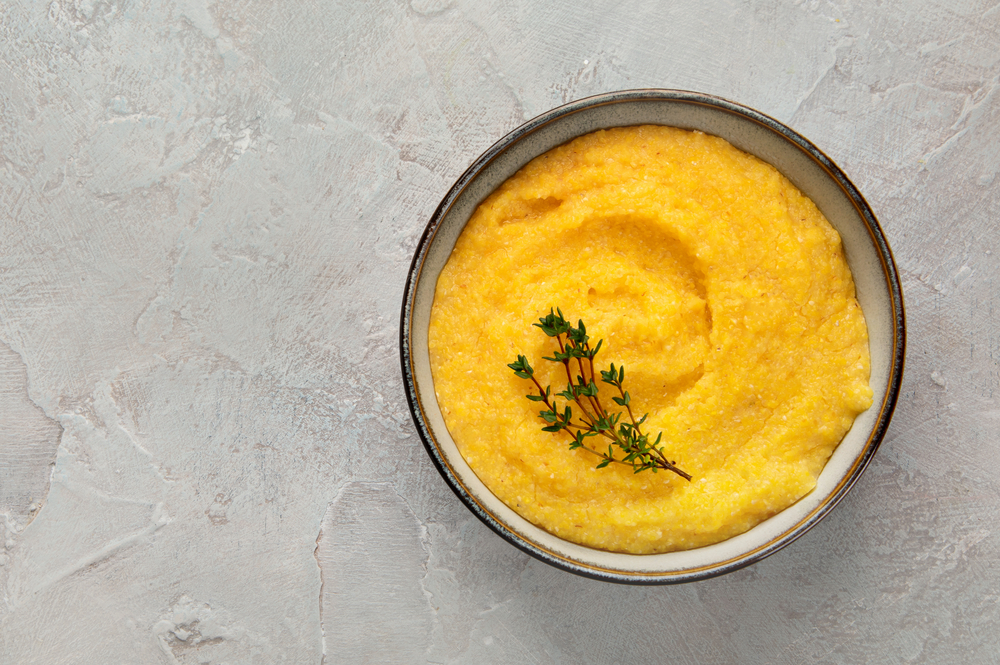
How To Defrost Polenta
Like with most frozen foods, the most recommended method is to take them from the freezer into the fridge first, so as to avoid having too massive a shift in temperature. If you’re looking to have a dinner of pan-fried polenta, it’s best to put however much you need in the fridge a number of hours in advance.
When doing this, make sure that you first get rid of the foil and plastic wrap so as not to trap all of the moistures inside. See a lot of moisture releases during the thawing process and you’d like that to leave the food at that point. In fact, to help this process along, press a paper towel gently against the sides of the polenta.
Defrosting at room temperature is an option if you don’t have much time, but make sure to keep an eye on it for the moment after it’s defrosted, but before it starts warming up. That’s when it’s time to blot it with a paper towel and then get to cooking.
What Can Be Done With Defrosted Polenta
Polenta is fairly versatile and can be enjoyed at any part of the day as a meal by itself or added beside a main dish. Here’s a couple of options for what can be done with polenta, one for breakfast, lunch and dinner respectively.
- You can make polenta cakes, either grilled or fried. These are great options for breakfast and go well with a nice side of bacon.
- Polenta can also be baked and served alongside salsa, beans or crumbled cheese. This is a solid lunch choice.
- And finally, a great dinner would consist of some pan-fried polenta with added cheese and mushrooms.

Can You Reheat Polenta?
Keep in mind that polenta is very much like grits. And so like grits, it can be reheated with a microwave, an oven or a stovetop. However you should avoid reheating polenta dry as that can leave it with a very gummy texture and can dilute the taste.
In Conclusion…
The key to remember when freezing polenta is to first make sure it’s cooled off and properly wrapped. Plastic wrap and aluminum foil help preserve the polenta. Cutting them up into even pieces is a good idea, particularly when they’re made with milk or cream, to minimize texture deterioration.
Frozen polenta can keep for three months but is recommended to be eaten within a few weeks for best results. As long as you follow the step-by-step process above, you should be able to serve every bit of that delicious polenta, no matter how much you end up making!




